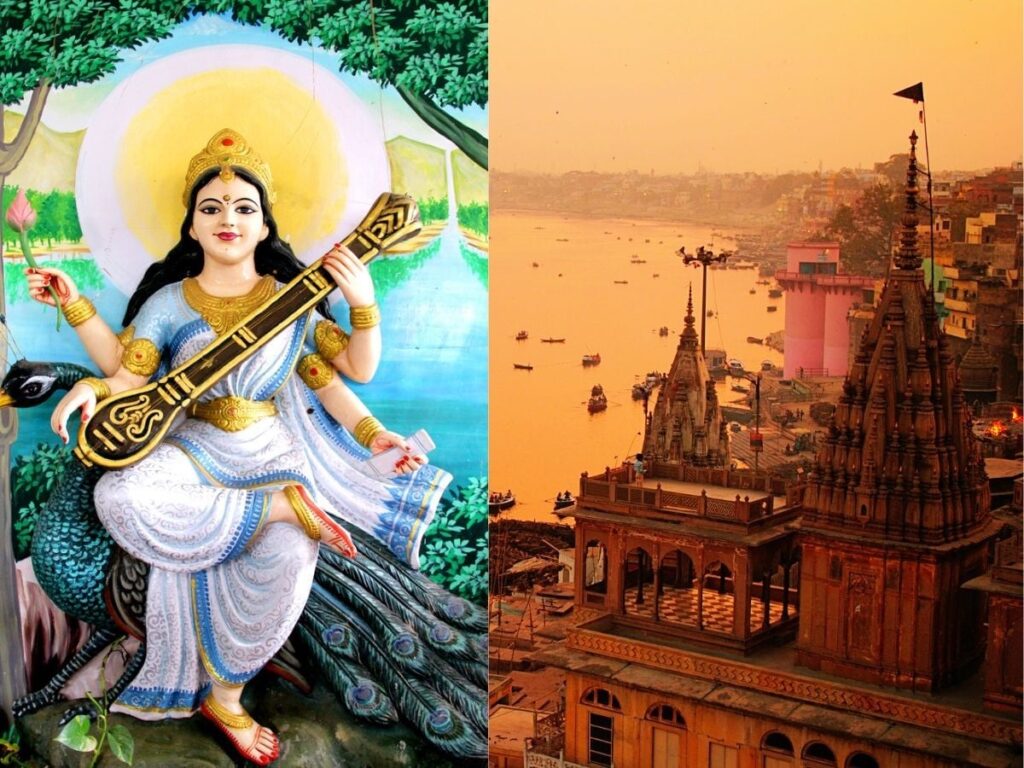Basant Panchami is a significant festival celebrated primarily in India, marking the onset of spring. This vibrant occasion honors Goddess Saraswati, the deity of knowledge, music, art, and learning. With a rich cultural heritage, various regions across India celebrate this day with unique customs and festivities. Let’s explore some notable locations where Basant Panchami is celebrated with extraordinary enthusiasm and fervor.
Understanding Basant Panchami
Basant Panchami is celebrated on the fifth day of the Hindu month of Magha, usually falling between late January and early February. The festival signifies the arrival of spring and is a time for fresh beginnings in various aspects of life, especially in education. The color yellow holds significant importance during this festival, symbolizing prosperity and the blooming of mustard flowers.
Key Locations Celebrating Basant Panchami
1. Varanasi, Uttar Pradesh
Varanasi, one of the oldest cities in the world, holds a grand celebration for Basant Panchami. Devotees flock to the banks of the Ganges River to pay homage to Goddess Saraswati. Educational institutions also organize special prayers for wisdom and enlightenment during this time.
2. Gwalior, Madhya Pradesh
In Gwalior, the festivities take on a royal flavor where students dress in yellow and offer prayers in schools and colleges. The Gwalior Fort becomes a focal point, adorned with traditional decorations and vibrant cultural performances.
3. Kolkata, West Bengal
Kolkata celebrates Basant Panchami with a unique charm, as the city transforms into a sea of yellow. Schools organize ‘Saraswati Puja,’ where idols of the goddess are worshipped. Cultural programs featuring music and dance are prevalent, showcasing the rich artistic heritage of Bengal.
4. Punjab
In Punjab, Basant Panchami coincides with the agricultural harvest season. Farmers celebrate the day with traditional dances like Bhangra and Gidda. Communities engage in making ‘yellow rice’ and offerings to Goddess Saraswati as they seek blessings for a bountiful harvest.
5. Devi Patan, Uttar Pradesh
The temple town of Devi Patan is a significant pilgrimage site during Basant Panchami. Devotees come here to offer prayers and seek blessings from Goddess Saraswati. Fairs and cultural events add to the festive atmosphere.
Significance of the Festival
Basant Panchami not only marks the arrival of spring but also emphasizes the importance of education and wisdom. Various educational institutions conduct ‘Puja’ to invoke the goddess’s blessings, as students seek knowledge and enlightenment. The festival encourages a learning-driven culture, making it essential in the Indian educational landscape.
| Location | Key Activities | Unique Traditions |
|---|---|---|
| Varanasi | Ganga Aarti, Saraswati Puja | Collective prayers along the riverbanks |
| Gwalior | School celebrations, cultural performances | Royal themes and vibrant decorations |
| Kolkata | Saraswati Puja, cultural programs | Idol immersion and community feasts |
| Punjab | Bhangra, Gidda, yellow rice offerings | Agricultural blessings and harvest celebrations |
| Devi Patan | Pilgrimage visits, fairs | Cultural outreach and community prayers |
Conclusion
Basant Panchami is much more than a festival; it is a celebration of knowledge, culture, and the arrival of spring. Each region in India infuses its unique flavor into the festivities, showcasing diverse traditions and practices that honor Goddess Saraswati. This day serves as a reminder to value education and seek wisdom, making it a cherished occasion across the country. As people come together to celebrate, Basant Panchami reinforces the essential ties of culture, community, and collective aspirations for knowledge and enlightenment.
